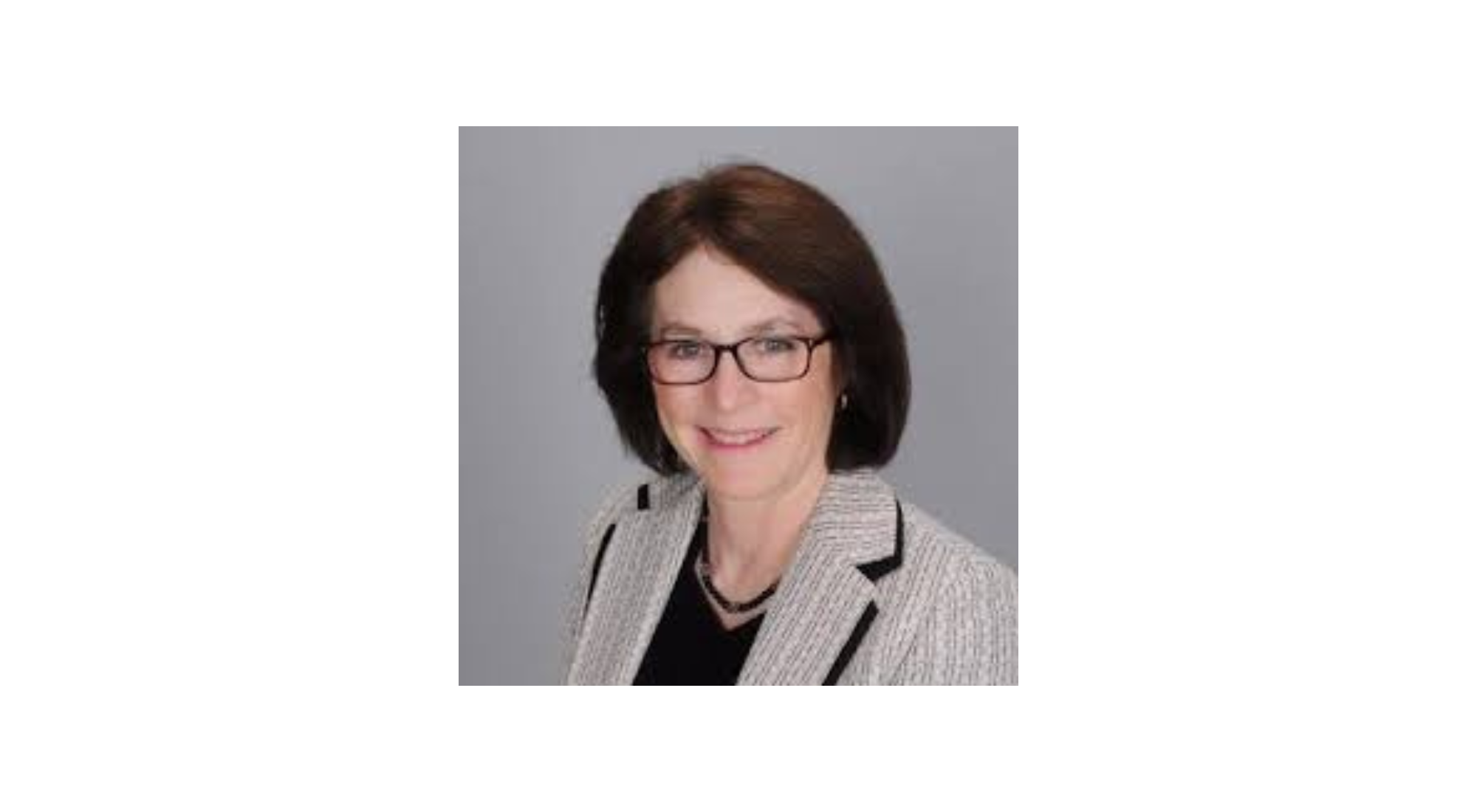Moving Past Heartbreak: The Finish Line Awaits
July 28, 2021
Editor's Note: This blog was originally written in May 2021 for the 2021 print edition of WoundSource.
The Boston Marathon, a grueling 26.2-mile trek from Hopkinton, Massachusetts, to downtown Boston, features the notorious Heartbreak Hill at mile 20 – a half-mile climb up a steep 3.3% grade that follows on the heels of three smaller, successive inclines. Once you scale it, you still have another 6.2 miles to go. It’s broken more than a few runners over the years. All of us in wound care who have slogged through the pandemic under the most brutal of conditions, pushing ourselves and each other to tap into reserves we never knew we had, have conquered our own version of Heartbreak Hill, leaving literal trails of blood, sweat and tears along the way. We have indeed made it through the hardest part, but … the race isn’t over just yet.
Continuing the Race
One way to make this last leg considerably easier is to get the COVID-19 vaccination. Astonishingly, 18% of health care workers have no plans to be vaccinated, and many have said they will quit if their employer mandates vaccination.1 Forgoing vaccination, to me, is like doing a victory lap after summiting Heartbreak Hill when you’re still miles from the finish line. Following a marathon, most runners need some time to recover. So do we. We’ve heard reports of ongoing fatigue, tingling sensations, memory issues and skin-related maladies in so-called long-haul COVID patients. Likewise, we need to be aware of “provider long-haul COVID” (PLHC). The physical symptoms – such as facial injuries and skin rashes from PPE – are just one piece deserving attention.
Mental Health Impacts of COVID-19
The mental impacts may not be as readily apparent, but they can be far more insidious. Health care providers, like many first responders, compartmentalize the truly horrific things we’ve seen. Burnout is inevitable in environments that demand continuous, “long-term physical, cognitive or emotional effort.”2 Symptoms may include emotional distancing from social situations at work, increased negativity, irritability, slipping job performance or cynicism, which can threaten both the workplace culture and patient safety. Front-line workers have more stress and burnout than others.3 Staff turnover has never been higher, especially among nursing home workers, with an annual rate in some states of a whopping 140%.4
The cumulative physical and mental stressors on health care workers – including anxiety and a sense of helplessness related to PPE concerns and “management approachability”5 – have driven some of us out of the race. Some health care organizations have responded by offering employees access to hotlines, individualized counseling, support groups and even “destress rooms.”6 We can also be accountable for our own health – in the same way as we advise our patients to do. Use the following five strategies to curb PLHC burnout and start recovery: (1) Ration negative thoughts; (2) Participate in an absorbing activity, during which you think about nothing else but what you are doing and come away with joy when you are done; (3) Recognize your wound care work as a privilege and passionately cherish it; (4) Master a new skill and soak up the accompanying satisfaction; and (5) Develop positive social relationships.7
Conclusion
As you care for yourself on this journey, remember to support your colleagues as well. Together, we can conquer Heartbreak Hill, finish the race and celebrate our victory knowing not only that we’ve won, but that we’re stronger than ever before.
About the Author
Catherine T. Milne, APRN, MSN, ANP/ACNS-BC, CWOCN-AP, is the co-owner of Connecticut Clinical Nursing Associates, a practice focusing on direct patient outcomes, consultation, education and research in the fields of wound, ostomy and continence care. catherinemilne@kestrelhealthinfo.com
References
1. Kaiser Family Foundation. (March 19, 2021). The KFF/Washington Post Frontline Healthcare Workers Survey. Available at: https://www.kff.org/coronavirus-covid-19/press-release/kff-post-survey-….
2. Gewin V. Pandemic burnout is rampant in academia. Nature. 2021 Mar;591(7850):489-491. doi: 10.1038/d41586-021-00663-2. PMID: 33723408.
3. Kannampallil TG, Goss CW, Evanoff BA, Strickland JR, McAlister RP, Duncan J. Exposure to COVID-19 patients increases physician trainee stress and burnout. PLoS One. 2020;15(8):e0237301. Published 2020 Aug 6. doi:10.1371/journal.pone.0237301.
4. Gandhi A, Yu H, Grabowski DC. High Nursing Staff Turnover In Nursing Homes Offers Important Quality Information. Health Aff (Millwood). 2021 Mar;40(3):384-391. doi: 10.1377/hlthaff.2020.00957. PMID: 33646872; PMCID: PMC7992115.
5. Marselas K. With Mental Health Healthcare Workers May Get Better Before They’re Truly Better. McKnight’s Long-Term Care News. March 3, 2021. Available at: https://www.mcknights.com/daily-editors-notes/with-mental-health-health…
6. Seligman, M. (2011). Flourish: A visionary new understanding of happiness and well-being. New York: Simon & Schuster.
7. Moore KS, Hemmer CR, Taylor JM, Malcom AR. Nursing Professionals' Stress Level During COVID-19: A Looming Workforce Issue. J Nurse Pract. 2021 Feb 23. doi: 10.1016/j.nurpra.2021.02.024. Epub ahead of print. PMID: 33642956; PMCID: PMC7901373.
The views and opinions expressed in this content are solely those of the contributor, and do not represent the views of WoundSource, HMP Global, its affiliates, or subsidiary companies.











